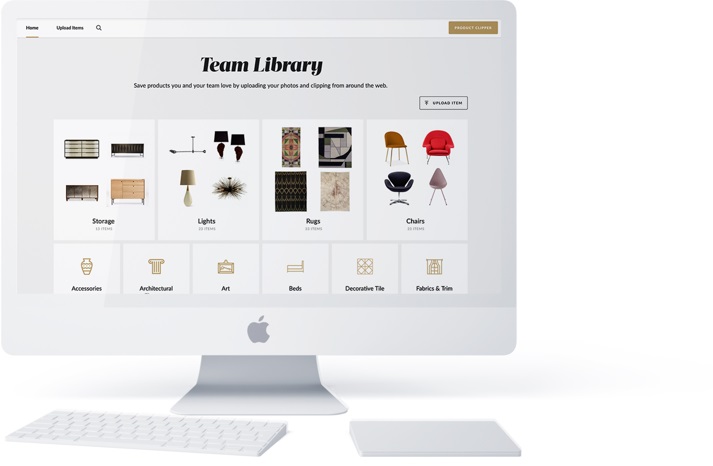As an interior designer, you’re likely passionate about creating beautiful spaces. However, to run a successful interior design business, you also need to be savvy about financial management. This article serves as a beginner’s guide to financial management for interior designers, providing you with the knowledge and tools to manage your finances effectively and grow your business.
Understanding Financial Management
Financial management is a crucial aspect of running any business, including interior design. It involves understanding your cash flow, managing your expenses, and making strategic decisions to ensure your business remains profitable. Mismanagement of finances can lead to cash flow problems, which are a common cause of small business failures.
Financial Management Tips for Interior Designers
- Separate Business and Personal Finances: Start by opening a separate bank account for your business. This will make it easier to track your business expenses and income, and it will also provide a clear separation between your personal and business finances.
- Track Your Expenses: Keep a record of all your business expenses. This includes costs related to payroll, business meals, travel, equipment, software, outsourced services, and rent. Tracking your expenses will help you understand where your money is going and identify areas where you can cut costs.
- Create a Budget: A budget is a financial plan that outlines your expected income and expenses over a certain period. It will help you manage your cash flow, ensure you have enough money to cover your expenses, and identify opportunities for growth and investment.
- Understand Your Cash Flow: Cash flow is the money that is moving (flowing) in and out of your business in a month. Understanding your cash flow is crucial for making informed business decisions and ensuring your business remains financially healthy.
- Hire a Professional: If you’re not comfortable managing your finances, consider hiring a professional. An accountant or financial advisor can provide valuable advice and help you manage your finances more effectively.
- Plan for Taxes: Make sure you understand your tax obligations and plan for them accordingly. This includes sales tax, income tax, and any other taxes relevant to your business.
- Monitor Your Finances Regularly: Regularly review your financial statements to understand your business’s financial health. This will help you identify trends, spot potential issues, and make informed decisions.
Financial management may seem daunting, but with the right knowledge and tools, it can become a manageable part of your interior design business. By following these tips, you can ensure your business remains financially healthy and set it up for long-term success.


